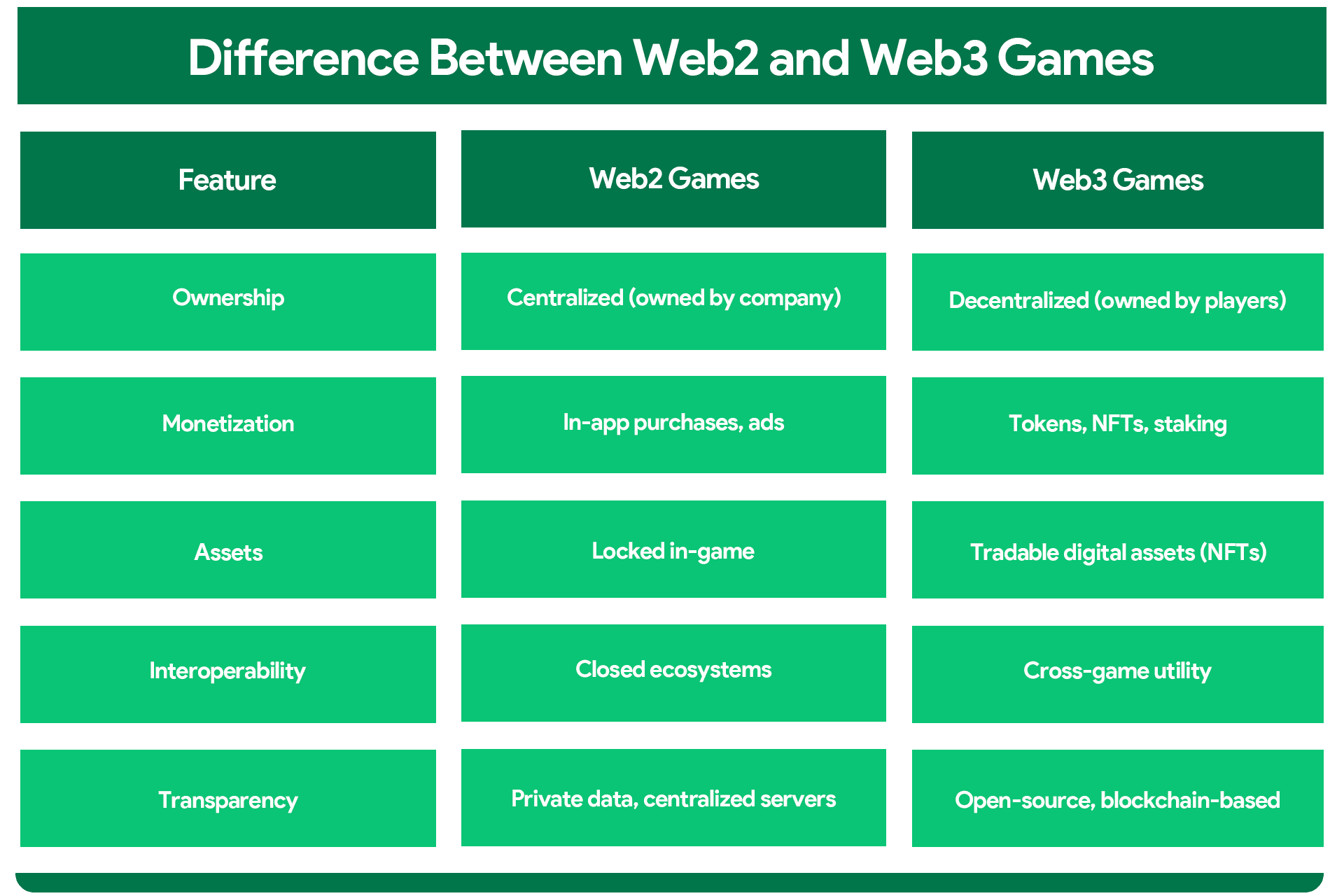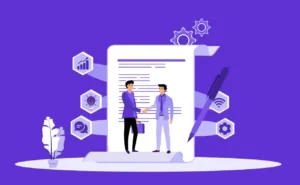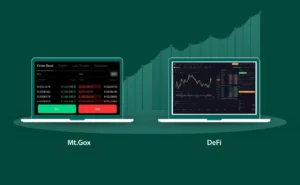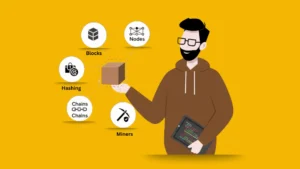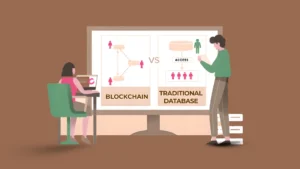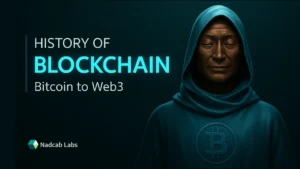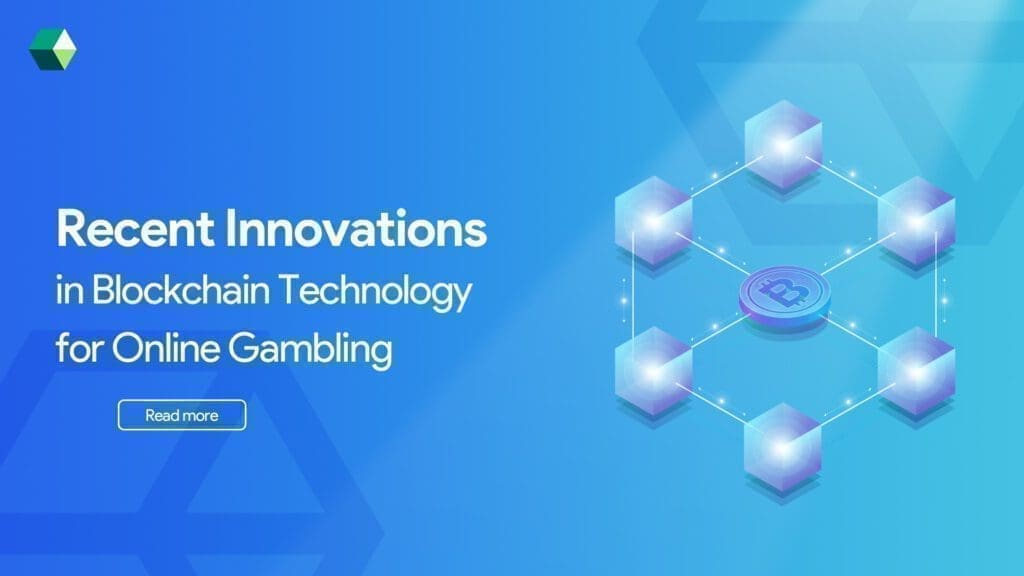
The gaming world is witnessing a monumental transformation. As we move into 2025, blockchain technology and decentralized systems are redefining digital entertainment. Traditional Web2 games, which rely on centralized systems and often restrict digital ownership, are giving way to a more transparent, inclusive, and community-driven gaming landscape known as Web3. This transition isn’t merely a trend—it’s an evolution fueled by user demand, technological advances, and the need for player empowerment. This guide will take you deep into the process of migrating a Web2 game to Web3 in 2025.
Understanding the Web2 Gaming Landscape
Web2 games have been the industry standard for decades. These games run on centralized servers, with in-game assets and player data managed entirely by the game developers or publishers. While they offer engaging gameplay and mass-market appeal, they limit users’ rights over their digital items. For instance, a rare skin or sword acquired through gameplay remains locked in the game’s ecosystem, offering no real-world value or transferability.
This centralized approach results in a lack of transparency, control, and interoperability. As players become more tech-savvy and ownership-conscious, the demand for decentralized, blockchain-based gaming experiences has surged.
Why Move Your Game from Web2 to Web3?
Web3 gaming represents a paradigm shift in how digital games are created, played, and monetized. It is centered around decentralization, true ownership of assets, transparent economies, and community governance. In a Web3 game, players can own, trade, and even monetize their in-game assets. This ownership is enabled through blockchain technologies like NFTs and smart contracts.
By 2025, Web3 gaming has grown into a significant segment of the gaming industry, drawing interest from players, developers, investors, and brands. Game creators are increasingly turning to web3 game development solutions to incorporate NFTs, token economies, and DAO governance mechanisms into their platforms.
Key Benefits of Migrating Web2 Games to Web3
Migrating a Web2 game to Web3 offers a host of benefits that can redefine the player experience:
- Digital Ownership–Players can genuinely own in-game assets like avatars, skins, and gear, thanks to NFTs.
- Interoperability– Assets can move across different games and platforms, creating a metaverse-style continuity.
- Player-Driven Economies– Players can earn tokens, participate in governance, and contribute to the ecosystem.
- Transparency– Blockchain ensures trust through transparent transactions and open-source smart contracts.
- Monetization– Developers and users can both benefit from more sustainable, decentralized monetization models.
Many studios work closely with a web3 game development company to navigate the technical and economic intricacies of this shift.
Technical Steps to Migrate a Web2 Game to Web3
-
Establish Your Web3 Vision
Before implementing any blockchain features, define the purpose of your Web3 transition. Are you focusing on player-owned assets, community governance, or new revenue models? Identify how these goals align with your game mechanics. You might consider partnering with professionals who provide web3 game consulting services to help outline your objectives and roadmap.
-
Select the Ideal Blockchain Platform
Enable easy login and interaction using wallets like MetaMask or Trust Wallet. Ensure compatibility with both desktop and mobile interfaces.
- Ethereum– Mature ecosystem but can be costly
- Polygon– Low fees and compatible with Ethereum
- Solana– High-speed transactions
- Avalanche– Fast and developer-friendly
Evaluate each option based on community support, developer tools, and sustainability. Projects often rely on expert web3 game development services to make informed choices here.
-
Tokenize In-Game Assets Using NFTs
NFTs turn in-game items into digital assets that players can own, trade, and monetize:
- Characters, skins, weapons, and collectibles can be converted to NFTs
- Scarcity and rarity can be embedded into smart contracts
- Assets can be traded in secondary markets
This step is vital in aligning with modern web3 game development goals focused on ownership and monetization.
-
Integrate Wallets Seamlessly
Wallets are how users interact with blockchain-based games. Make wallet integration as intuitive as possible. Popular wallets include MetaMask, Coinbase Wallet, and Trust Wallet. Choose wallets that support both desktop and mobile gameplay. Wallet UX is a big factor in user adoption. Ensuring a non-technical user can easily use wallet features is often a challenge tackled during Web 3.0 Game Development.
-
Develop and Launch a Native Token
Tokens serve multiple purposes in Web3 games:
- In-game currency
- Player rewards
- Governance tokens
- Payment for NFTs and assets
Carefully design the tokenomics model. It should be sustainable, equitable, and immune to manipulation. Consulting with a web3 game development company can help avoid common token design pitfalls.
-
Build Smart Contracts for Game Mechanics
Smart contracts are blockchain-based programs that automate game rules and economic logic. These may include:
- NFT minting and trading logic
- In-game reward distribution
- Voting systems for governance
Security is key—ensure all contracts are audited and battle-tested. Game studios often engage web3 game development services for contract creation and validation.
-
Design a Web3-Compatible Marketplace
A dedicated marketplace enables players to buy, sell, and trade assets:
- Enable peer-to-peer NFT transactions
- List in-game items and collectibles
- Allow crypto and fiat payment options
This marketplace can be native or integrated with external platforms like OpenSea or Rarible. Marketplace design often falls under full-service web3 game development solutions.
-
Introduce DAO Governance
DAOs (Decentralized Autonomous Organizations) allow your player base to participate in game evolution. Let users propose and vote on updates, new features, or economic decisions.
- Implement token-based voting systems
- Maintain transparent proposal records
- Encourage community participation
DAO governance models are often developed with the support of web3 game consulting services to ensure community trust and legal clarity.
-
Test for Functionality and Security
Tokens serve multiple purposes in Web3 games:
- Smart contract vulnerability checks
- Wallet and transaction flow testing
- Tokenomics simulation and modeling
Use both manual and automated testing environments. Many studios include web3 game development services in their pipeline to ensure robust test coverage.
-
Educate and Onboard Users
Even the best-built Web3 games fail without clear onboarding:
- Offer tutorials on wallets and NFTs
- Host community webinars and demos
- Publish simple guides and FAQs
- Provide real-time support and feedback channels
Educational content is key to user adoption, especially when transitioning from Web2 mechanics to Web3 experiences.
Difference Between Web2 and Web3 Games
Before migrating, it’s important to understand what sets Web2 and Web3 games apart:
Overcoming Web3 Migration Challenges
Transitioning a game from Web2 to Web3 involves unique hurdles:
- Complexity for Users– Many players are unfamiliar with crypto wallets or blockchain.
- Security Concerns– Poorly written smart contracts can be exploited.
- Volatile Tokenomics– Token value fluctuations can destabilize the economy.
- Legal Ambiguity– NFT and crypto regulations vary across regions.
- Scalability Issues– Not all chains can support millions of transactions per second.
< p>These risks can be minimized through collaboration with a skilled Web3 Game Development Company that understands both gaming and blockchain intricacies.
Practical Tips for a Smooth Transition
- Start with partial migration: Begin by tokenizing assets, then expand to full Web3 integration.
- Maintain player-first focus: Ensure new systems add value and don’t create barriers.
- Use layered onboarding: Introduce Web3 features gradually.
- Ensure full transparency: Be open about economic models and smart contract functionality.
- Stay agile: Be ready to pivot based on user feedback and tech updates.
Real Examples of Games That Moved to Web3
Different genres benefit uniquely from Web3 technologies:
- MMORPGs– Tokenized real estate, community-built quests
- Trading Card Games– NFT-based rare cards and marketplaces
- Sports Games– Athlete NFTs and play-to-earn mechanics
- Simulation Games– DAO-driven land management and token-based labor
These examples highlight the wide applicability of web3 game development solutions across various gaming verticals.
What’s Next for Web3 Games in the Future?
Looking beyond 2025, expect Web3 games to become even more player-centric:
- AI-enhanced characters– Powered by machine learning
- Cross-chain interoperability– Seamless asset movement across blockchains
- Decentralized cloud gaming– Run games on peer-to-peer servers
- In-game economies tied to DeFi– Real-world financial tools embedded into games
These trends will shape the future of Web 3.0 Game Development, pushing the boundaries of what’s possible in digital entertainment.
Get Expert Help for Your Web3 Game!
Migrating your game from Web2 to Web3 isn’t just about adding blockchain—it’s about rethinking the player-developer relationship, creating transparent economies, and building communities around digital ownership. While it requires careful planning, technical investment, and user education, the rewards can be substantial.
If you’re planning your journey into decentralized gaming, the best approach is to collaborate with experienced web3 game development services that provide end-to-end support—from tokenomics to smart contracts, UI/UX, wallets, and marketplaces. With the right partner, you can create a game that is ready for the next digital revolution.
By integrating thoughtfully designed Web3 elements, your game can become part of the next wave of innovation in the digital world. Whether you’re in the early stages or ready to scale globally, a reliable web3 game development company will be a vital asset in your transformation journey.

